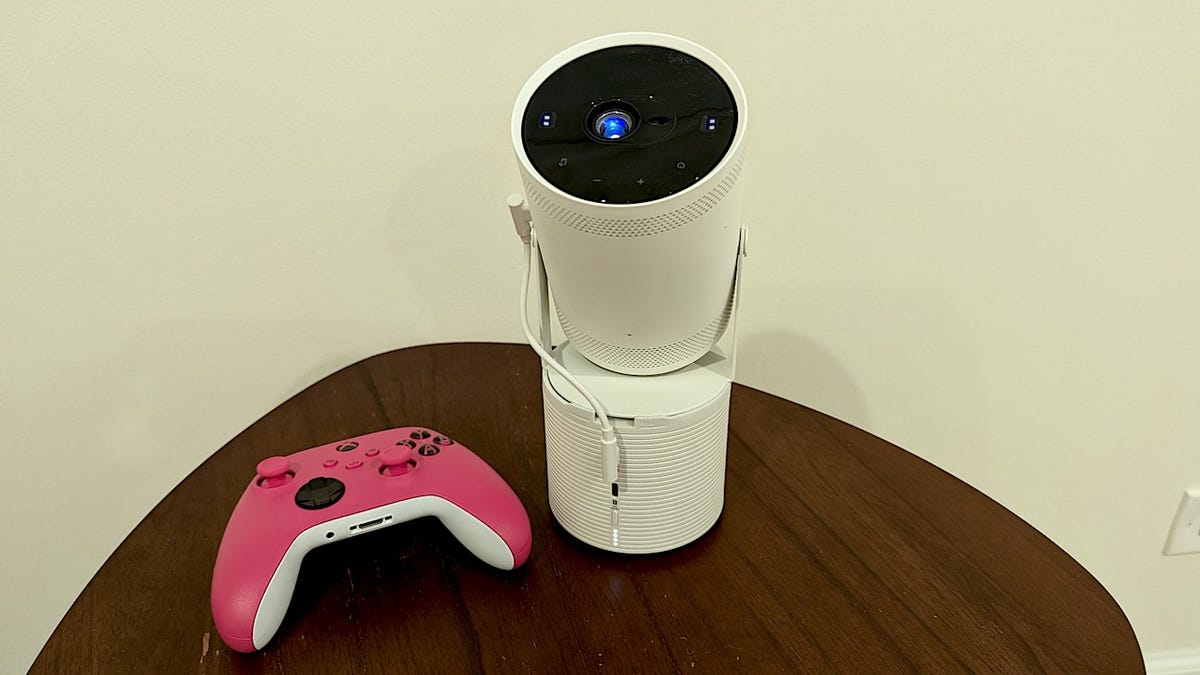BOOK THIS SPACE FOR AD
ARTICLE ADApple released the iOS 16 update for the recently-launched iPhone 14 series along with a few select older iPhone models this week. Now, the Cupertino giant has reportedly released an iOS 16.0.1 update exclusively for the latest iPhone 14 series. The update is said to fix bugs that could affect the activation and migration of the new iPhone 14 and iPhone 14 Pro models. The company recently also unveiled iOS 16.1 beta 1 update for registered developers. The stable update could be released next month. The new iPhone 14, iPhone 14 Pro and the top-of-the-line iPhone 14 Pro Max models will be available for purchase starting September 16.
As per a report by 9to5Mac, Apple has released the iOS 16.0.1 update for iPhone 14 and iPhone 14 Pro models just days after iOS 16's release on Monday, September 12. The report citing iOS 16.0.1 release notes suggests that the update includes fixes for issues affecting the activation and migration of the new iPhone 14 and iPhone 14 Pro. The update reportedly fixes issues related to photos appearing soft when zooming in landscape mode on iPhone 14 Pro Max. The new update is also said to fix bugs that prevent enterprise single sign-on apps from authenticating.
The latest update could be available to install while setting up the new iPhone 14 or iPhone 14 Pro models.
Apple released the iOS 16.1 beta 1 for iPhone on Wednesday with some improvements to existing features. The update brings a status bar battery percentage indicator for all iPhone models and lets users delete the Apple Wallet app. The update includes support for the Matter smart home accessories and adds a Clean Energy Charging mode. It is currently available to registered users and a stable update could be released next month.
The iPhone 14, iPhone 14 Pro, and iPhone 14 Pro Max are scheduled to go on sale starting September 16. The iPhone 14 Plus, on the other hand, is scheduled to arrive on October 7.
.png)
 2 years ago
106
2 years ago
106 














 Bengali (Bangladesh) ·
Bengali (Bangladesh) ·  English (United States) ·
English (United States) ·